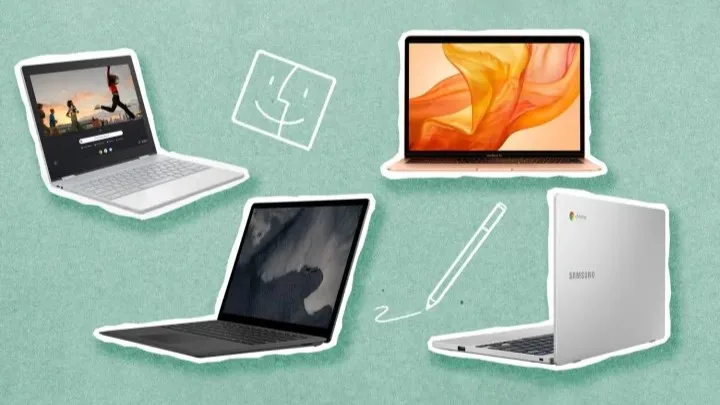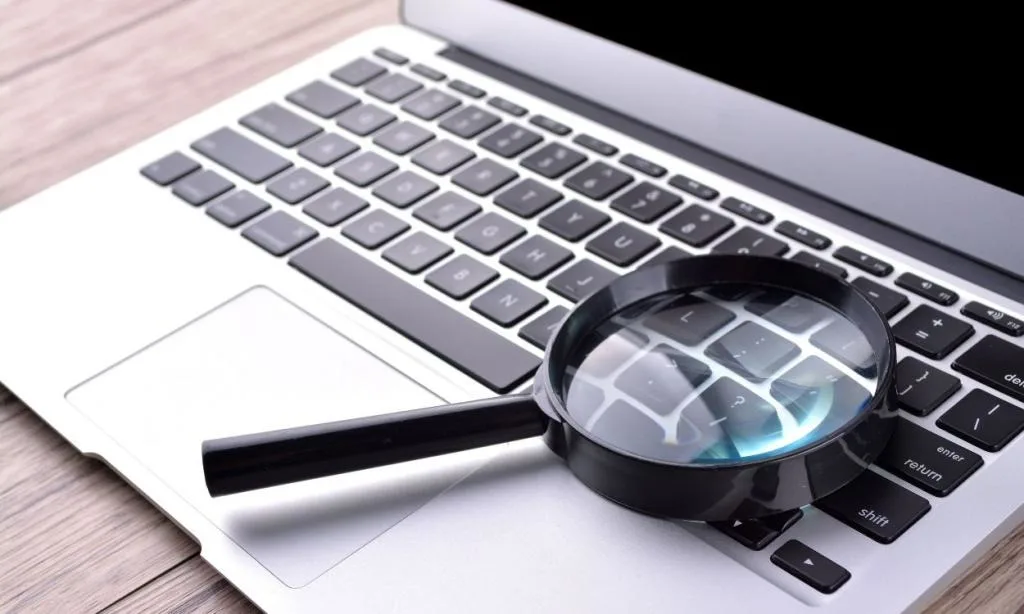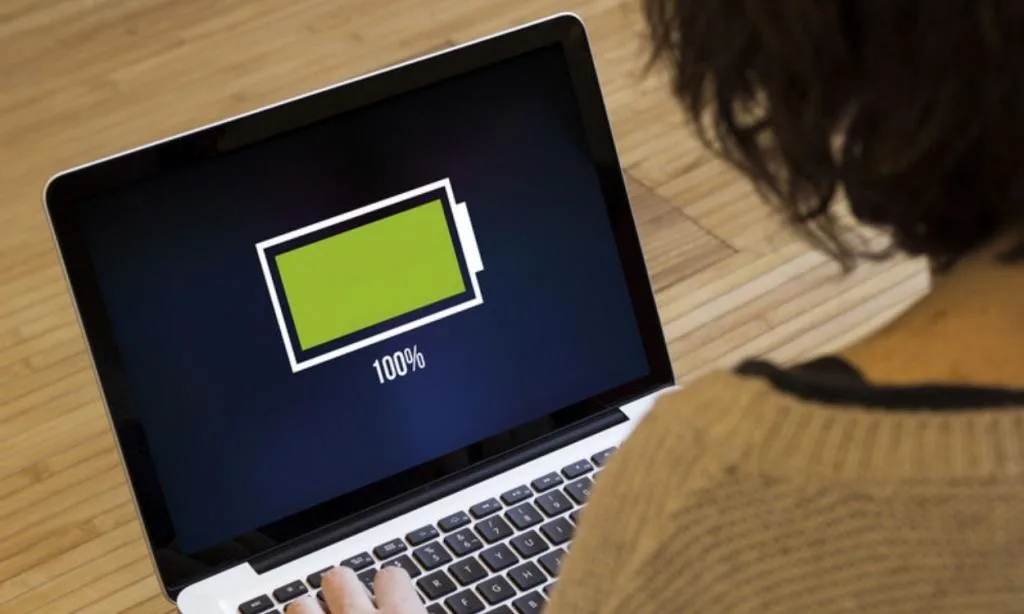
Purchasing a suitable Windows laptop within a limited budget can pose a challenge. Quality Windows laptops often come with a hefty price tag, especially if your work demands high-end features like a superior display or a powerful processor, which could cost you thousands of dollars. However, you may stumble upon great deals in the second-hand laptop market, allowing you to save a significant amount of money. Yet, buying a used laptop carries risks. If you’re considering purchasing a pre-owned Windows laptop, here are some key factors to consider avoiding potential scams or acquiring a faulty device.
1. Verify Invoice Authenticity and Warranty
When purchasing a used Windows laptop, one of the initial steps is to confirm the authenticity of the purchase invoice and ensure that the serial number matches the one located beneath the laptop. This verification is crucial to prevent buying a stolen laptop. Additionally, the invoice can provide insights into the age of the laptop and whether it is still under warranty. If the seller claims warranty coverage without proof, a valid invoice can help you address such claims effectively.

Most laptop manufacturers offer a one-year warranty, which may extend to two or three years in rare cases. If the seller lacks a valid purchase receipt, request alternative proof of purchase, such as a credit card statement from the month of purchase. If this evidence is unavailable, it’s advisable to avoid proceeding with the deal. However, if you trust the seller and the deal seems too good to pass up, you can verify the warranty status on the manufacturer’s website by entering the laptop’s serial number, typically located on the back cover.
2. Thoroughly Inspect the Laptop
A detailed examination of the laptop’s external chassis can reveal how gently or roughly the device was handled. Minor scuffs and scratches are common on used laptops and can usually be overlooked. However, significant dents or cracks on the chassis indicate potential rough handling or impact, suggesting that the laptop may have been dropped. In such cases, it’s best to steer clear of the purchase.

If the overall condition appears satisfactory, flip the laptop over and check for missing screws or absent rubber pads covering the screws. These signs may indicate that the laptop has undergone repairs or modifications. Don’t hesitate to inquire with the seller about these aspects. Speaking of inquiries…
3. Ask Relevant Questions

Asking pertinent questions is essential when investing your hard-earned money in any electronic device. Queries such as “What was the primary use of the laptop?”,”What is the battery life on a full charge?” and “Could you share the reason for selling it?” can offer valuable insights to assist you in assessing the feasibility of the used Windows laptop offer.
4. Conduct Benchmark Tests
Running benchmark tests is a crucial step that many buyers overlook. These tests help assess the performance of the laptop and identify any potential issues like thermal throttling. While UserBenchmark was once a popular tool, it now faces challenges with captchas and paywalls. Cinebench and 3DMark are reliable tools for benchmarking the CPU and GPU performance of your PC. Another widely used option is Geekbench.

If the laptop’s performance falls short compared to similar models with identical specifications, it could indicate issues such as dust accumulation in the heat sink or the need for processor re-pasting. These tasks are not always straightforward.
5. Check I/O Ports on the Used Windows Laptop

I/O ports play a crucial role in connecting external devices to your laptop. Therefore, it’s essential to verify that these ports are functioning correctly before finalizing the purchase. Bring along a Type-C OTG and a USB drive when meeting the seller to test the ports, as these are commonly used ports on laptops. You can also inquire if the seller has an external monitor available to check the functionality of the HDMI port. Lastly, examine the charging connector for any signs of wear or looseness.
6. Evaluate the Keyboard and Camera

The keyboard and camera are integral components of a laptop. Before buying a used Windows laptop, ensure that these components are in working order. Test the camera by opening the camera app on Windows, and for the keyboard, consider using a website like keyboardchecker.com. Simply visit the site and press all the keys; if they light up green, the keyboard is likely functioning properly.
7. Assess the Display of the Used Windows Laptop
When purchasing a pre-owned Windows laptop, it’s crucial to inspect the display for backlight bleed and dead pixels. To check for backlight bleed, restart the laptop and observe the screen edges during boot-up, particularly when the manufacturer’s logo appears.

Similarly, scrutinize the display for dead pixels by closely examining the screen. Unnoticed dead pixels can spread over time, leading to a malfunctioning portion of the screen. Even a single dead pixel should prompt you to reconsider the purchase.
8. Monitor the Battery Health

While inspecting other aspects of the laptop, keep an eye on the battery percentage to identify any abnormal drops, which could signal a faulty battery. Utilize Windows’ built-in tool to assess the battery health, and if it falls below 80%, it’s advisable to negotiate covering the replacement cost if all other aspects of the laptop meet your requirements.
Used Windows Laptop: Other Points to Remember
Before purchasing a pre-owned laptop, it’s advisable to read online reviews about the specific model. These reviews can provide insights into the original price of the laptop, its specifications, performance comparisons (in relation to benchmark results), and whether it’s a worthwhile investment. We recommend exploring multiple reviews, including written and video formats, to gain a comprehensive understanding of what to expect and potential pitfalls to avoid.
Generally, it’s recommended to avoid buying a Windows laptop that is over two years old. For those considering a purchase shortly after this guide’s publication, we suggest opting for no less than an Intel Core 11th Gen or AMD Ryzen 5th Gen processor. The specific SKU will depend on your intended usage, but aim for processors from these generations for optimal performance.



